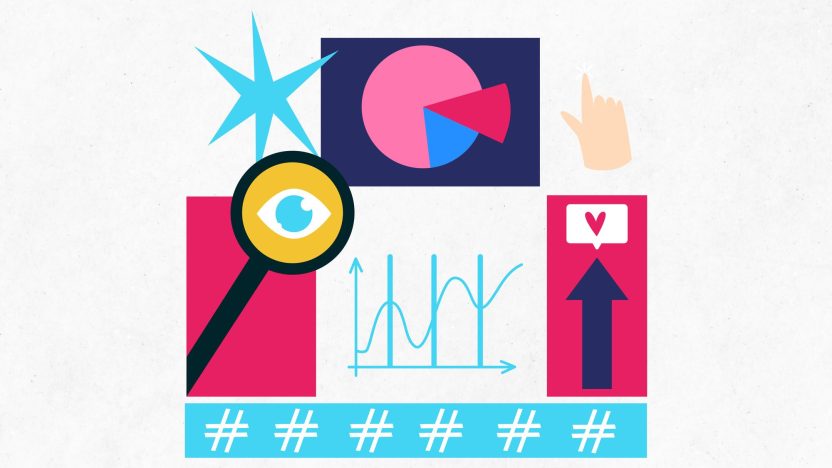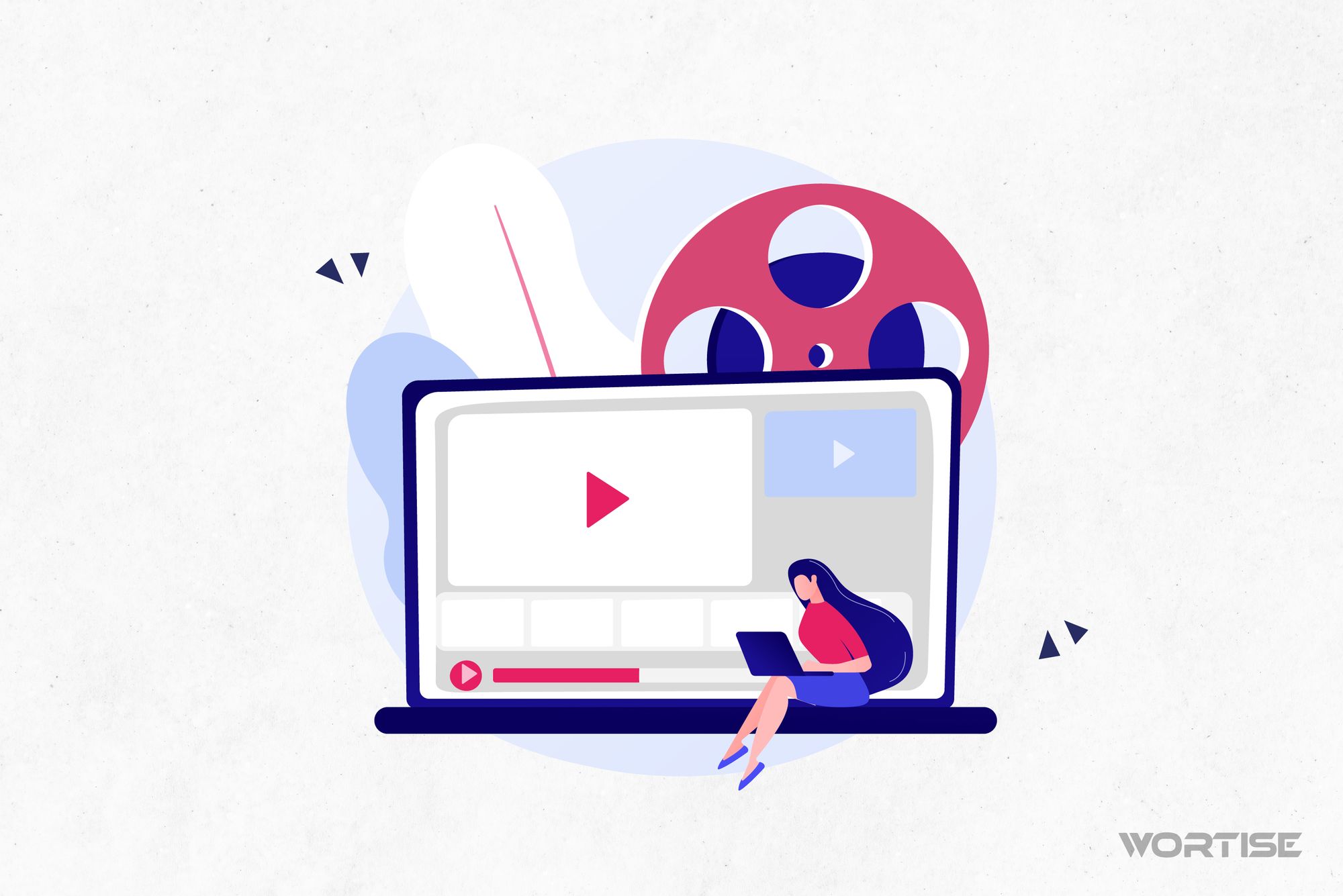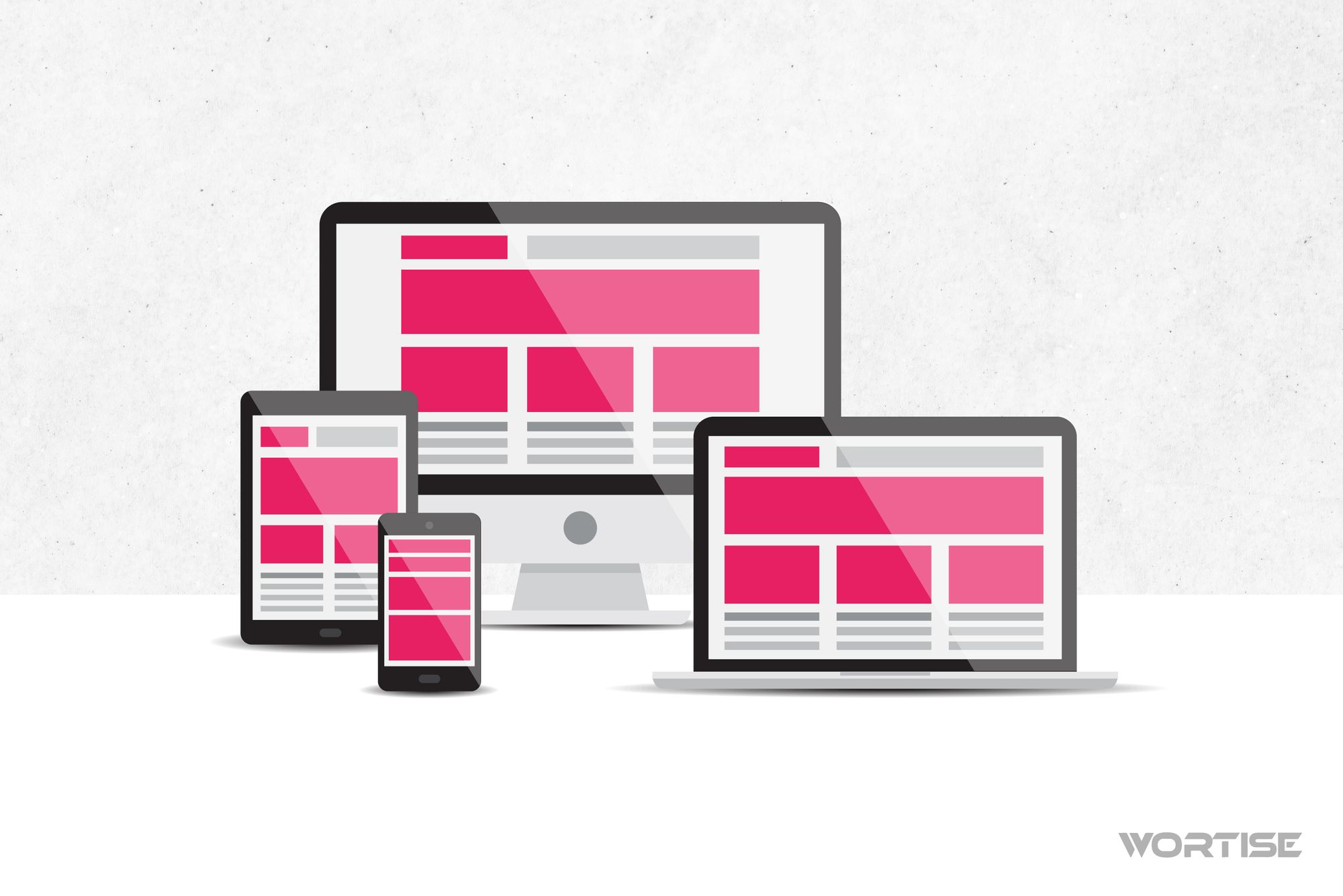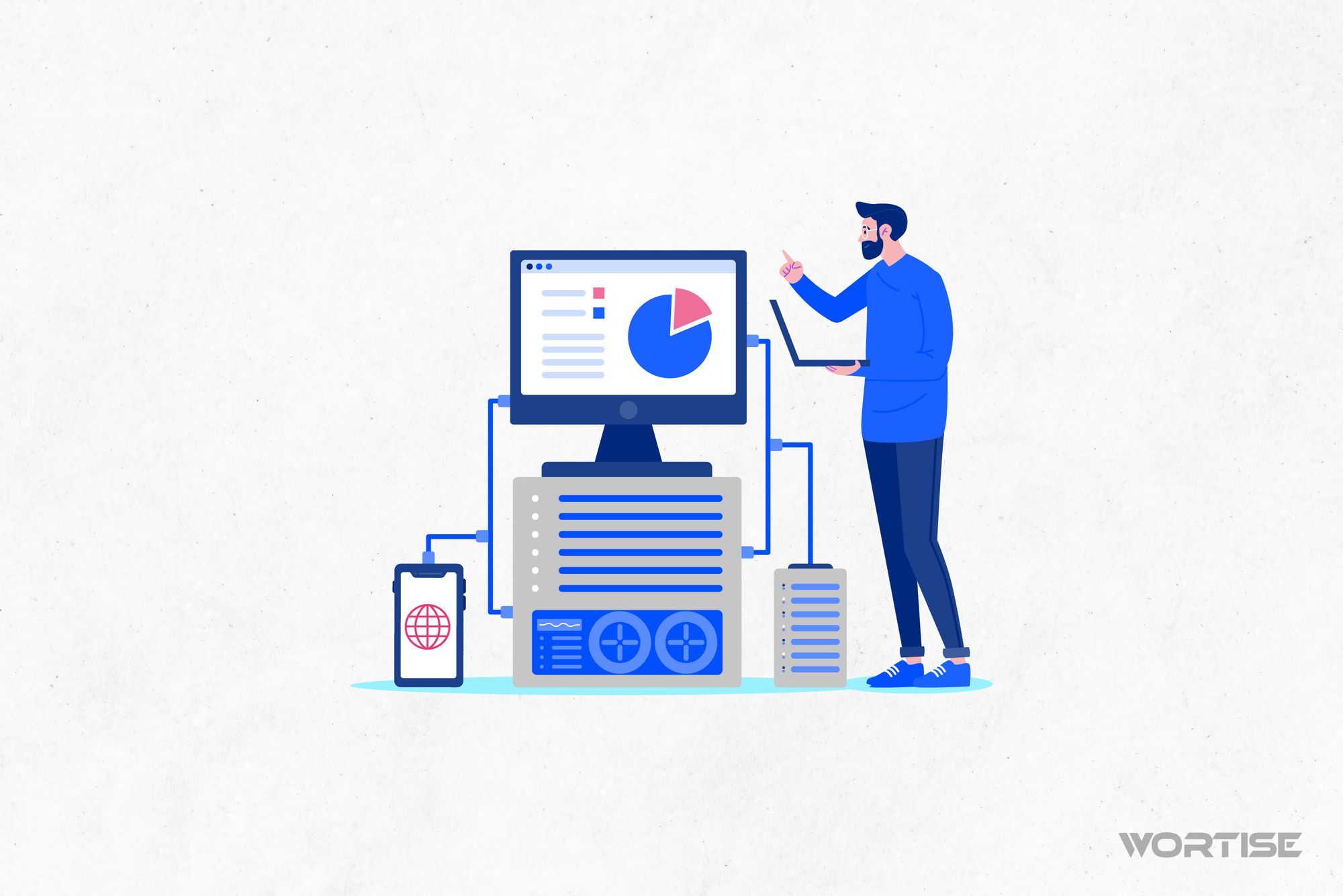Más de 2 horas dedicadas a escribir un guión con un storytelling atractivo para tu anuncio y lidiando con bloqueos creativos que te ponen a dudar de ti mismo. Editores de video despiertos hasta las 2 am creando un anuncio hiper creativo. Estrategas perdiendo la cordura diseñando la mejor campaña de publicidad in-app. Quizá los usuarios no ignorarán tus ads si saben todo el esfuerzo que existe detrás. Pero hasta que ese día llegue, debemos ser proactivos y trabajar en nuestro Ad Viewability.
¿Cuál es nuestro siguiente paso? Para resolver un problema, primero debemos entenderlo a fondo. Al finalizar este post, comprenderás todo sobre el Ad Viewability y las herramientas y estrategias que nosotros, como publishers, tenemos para maximizar el impacto de nuestros anuncios.
¿Qué es el Ad Viewability?
Imagina que estás navegando por tu sitio web favorito y de repente notas un anuncio en una esquina o un costado de la pantalla. ¿Alguna vez te has preguntado si realmente esas personas que visitan el sitio ven estos anuncios? ¡Exactamente eso es lo que aborda la Ad Viewability!
La Ad Viewability es una métrica que cuantifica la cantidad de veces que un anuncio en línea es verdaderamente visualizado por los usuarios que entran a una página web.
Para que un anuncio se considere visible, debe cumplir ciertos criterios. Generalmente, se requiere que al menos el 50% del anuncio sea visible en la pantalla del usuario durante al menos un segundo. Esto asegura que los anuncios tengan la oportunidad de captar la atención de los usuarios y transmitir su mensaje de manera efectiva.
La visibilidad de mi anuncio es considerablemente baja, ¿qué podría estar pasando?
Supongamos que tienes un anuncio realmente genial y deseas que muchas personas lo vean, pero te das cuenta de que la puntuación de visibilidad es baja. ¿Qué podría estar sucediendo? Aquí te explicamos las posibles razones:
1. Posicionamiento inadecuado:
El posicionamiento del anuncio en una página web es muy importante para su visibilidad. Si el anuncio se encuentra en una ubicación poco visible o fuera del área principal de visualización, es menos probable que los usuarios lo vean. Por ejemplo, los anuncios que suelen estar ubicados en la parte inferior de la página pueden pasar desapercibidos, especialmente si los usuarios no se desplazan hasta esa sección. Es vital colocar los anuncios en partes estratégicas donde sean más propensos a llamar la atención de los usuarios, como zonas cercanas del contenido relevante de la página.
2. Tamaño del anuncio:
El tamaño del anuncio juega un papel importante en su visibilidad y efectividad. Un anuncio demasiado pequeño puede ser fácilmente pasado por alto por los usuarios, especialmente si hay otros elementos en la página que puedan afectar la visualización del mismo. Es importante asegurarse de que el anuncio tenga un tamaño adecuado y sea lo suficientemente notable como para llamar la atención sin resultar intrusivo o forzado. Además, es recomendable utilizar formatos de anuncios que se adapten bien al diseño y contenido de la página web para generar una integración más eficiente.
3. Tiempo de carga lento:
El tiempo de carga de una página web es crucial para la experiencia del usuario y la visibilidad de los anuncios. Si esta misma tarda mucho en cargarse, es probable que los usuarios abandonen la página antes de que logren ver el anuncio que se quiera mostrar en pantalla. Esto puede deberse a diversos factores, como un alojamiento web deficiente, un exceso de contenido multimedia o un código no optimizado. Es importante optimizar el rendimiento de la página web para garantizar tiempos de carga rápidos que ofrezcan una mejor experiencia al usuario en cuestión.
4. Contenido irrelevante:
La relevancia del contenido es clave para captar la atención de los usuarios y aumentar la visibilidad de los anuncios. Si el anuncio no está relacionado con el contenido de la página web o no tiene nada que ver con los intereses del usuario, es más probable que llegue a ser ignorado o sea pasado por alto. De todas formas es necesario que los anuncios estén dirigidos al público objetivo adecuado y sean relevantes para el contexto o momento en el que se muestran. Esto puede aumentar la probabilidad de que los usuarios interactúen con el anuncio y mejoren su visibilidad.
5. Bloqueadores de anuncios:
El uso cada vez más frecuente de softwares de bloqueo de anuncios puede afectar la visibilidad de los anuncios en línea al evitar que se carguen o se muestren correctamente. Los usuarios que utilizan programas que bloquean los anuncios no podrán apreciarlos en absoluto, lo que reduce su visibilidad notablemente. Es importante tener en cuenta este detalle para aquellos publishers que recurren a la publicidad en línea y de esta manera prevenir los casos donde haya usuarios que hagan uso de bloqueadores de anuncios.
6. Formato del anuncio:
El formato del anuncio puede influir en su visibilidad y repercusión por parte de los usuarios. Algunos formatos de anuncios, como los anuncios emergentes o los anuncios intersticiales (conocidos también como pop-ups), pueden resultar muy molestos para los usuarios, lo que lleva a una menor visibilidad. Es importante elegir formatos de anuncios que sean respetuosos con la experiencia del usuario y que se integren de forma natural con el contenido de la página. Esto puede aumentar la probabilidad de que los usuarios tengan un impacto positivo con el anuncio y mejoren la visibilidad de este.
7. Baja velocidad de la conexión a internet:
Una conexión a internet lenta también puede afectar la visibilidad de los anuncios en línea. Esto puede hacer que la carga de la página web sea más lenta de lo normal, lo que a su vez puede afectar la carga de los anuncios. Si estos no se cargan rápidamente, es probable que los usuarios no los logren ver o que pasen a otra página antes de que se muestren por completo. De este modo, todo resultaría en una baja visibilidad de los anuncios que pueden verse afectados negativamente por este problema que a muchos nos tiene cansados.
6 maneras de mejorar tu Ad Viewability
1. Coloca tus anuncios estratégicamente:
El ad placement o ubicación de tus anuncios en tu sitio web es de suma importancia para garantizar su visibilidad. Asegúrate de colocarlos en espacios donde los usuarios suelan pasar más tiempo leyendo, como cerca del contenido principal o en lugares de fácil acceso. También puedes considerar el uso de herramientas de análisis para identificar las áreas de alto tráfico web en tu sitio y colocar allí tus anuncios correspondientes.
2. Mejora el diseño de tus anuncios
El diseño de tus anuncios debe ser atractivo y disruptivo para tu audiencia, ya que se encuentran rodeados de muchas distracciones y los usuarios están acostumbrados a desplazarse sin pausa. Utiliza colores llamativos, imágenes de alta calidad y un texto claro y conciso que capte la atención de los usuarios. También es fundamental destacar que el diseño de tus anuncios debe ser coherente con la marca y el estilo de tu sitio web para lograr una experiencia de usuario más adecuada.
3. Optimiza la velocidad de carga de tu sitio web
Los usuarios normalmente tienden a abandonar las páginas que tardan mucho en cargarse, lo que reduce las posibilidades de que vean t
us anuncios. Optimiza tu sitio web eliminando elementos innecesarios, comprimiendo imágenes y utilizando un buen servicio de alojamiento web para garantizar tiempos de carga rápidos. De esta forma las aumenta la probabilidad de que tu sitio web cargue rápidamente y así los anuncios que contengan a este mismo puedan ser observados por los usuarios.
4. Realiza anuncios que vayan de acuerdo al público objetivo
Todos los anuncios que utilices tienen que estar orientados a un público objetivo determinado para aumentar la visibilidad de todos ellos. Asegúrate de que tus anuncios puedan generar algún interés en tu público y estén relacionados al contenido de la página web en el que se muestran. Puedes utilizar la segmentación por audiencias y la personalización del contenido para mostrar anuncios que resuenen con los intereses y necesidades de tus usuarios.
5. Experimenta con múltiples ad formats hasta dar con el ideal
Elige formatos de anuncio que sean atractivos y que se integren bien con el diseño de tu sitio web. Evita los anuncios que sean incómodos para los usuarios, ya que esto puede tener un impacto negativo en tu UX y reducir significativamente la visibilidad de tus anuncios. Experimenta con diferentes formatos de anuncio y realiza pruebas A/B para identificar cuáles funcionan mejor para tu audiencia.
6. Mide y analiza los resultados
Realiza un seguimiento constante del rendimiento de tus anuncios y analiza los datos para identificar en qué cosas se puede mejorar. Se recomienda utilizar herramientas de análisis para evaluar métricas como la tasa de clics, la tasa de conversión y el tiempo de permanencia en la página web.
Herramientas para maximizar tu Ad Viewability
Aquí algunas herramientas que te pueden servir para la visualización de anuncios:
Google Analytics
¡Es una de las herramientas más populares y potentes para medir el rendimiento de tus anuncios! Te proporciona información a detalle sobre el tráfico de tu sitio web, incluyendo la cantidad de visitantes, la tasa de rebote, el tiempo de permanencia en la página. etc.
Google Ads
Si estás utilizando Google Ads para crear anuncios, ¡esta plataforma también ofrece herramientas integradas para medir la visibilidad de estos mismos! Puedes ver métricas como la tasa de clicks (CTR), la posición promedio, el porcentaje de impresiones y la calificación de calidad para evaluar el rendimiento de tus anuncios y realizar ajustes según sea necesario.
Herramientas de análisis de terceros
Además de las herramientas proporcionadas por las plataformas publicitarias, también hay varias herramientas de análisis de terceros disponibles que pueden servirte de mucha ayuda para medir la visibilidad de tus anuncios en múltiples canales. Algunas opciones pueden ser Adobe Analytics, Mixpanel o Matomo.
Tips para publishers para garantizar una Ad Viewability eficiente
Evalúa cuidadosamente la ubicación de los anuncios
Cuando estés colocando anuncios en tu sitio web, tómate un tiempo para analizar dónde sería mejor ubicarlos. ¿Cuáles son las áreas que ofrecen una buena visibilidad sin molestar a los usuarios que acceden a la página? Piensa en sitios estratégicos que puedan captar la atención sin ser demasiado invasivos.
Controla la frecuencia de los anuncios
Es tentador llenar tu sitio web con una gran cantidad de anuncios para aumentar tus ingresos, ¡pero cuidado! Demasiados anuncios pueden ser abrumadores y distraer a tus usuarios. Trata de mantener un equilibrio adecuado entre los anuncios y el contenido para garantizar una experiencia cómoda para los usuarios.
Prueba y ajusta constantemente
La clave del éxito es la adaptabilidad. Realiza pruebas periódicas para verificar cómo están funcionando tus anuncios y haz ajustes según sea necesario. Observa cómo responden tus usuarios y haz cambios para mejorar su experiencia en tu sitio web.
Optimiza para dispositivos móviles
Según el diario El País, el 91,5% de internautas accede a Internet a través de un dispositivo móvil. Por eso, asegúrate de que tus anuncios y tu sitio web cuenten con un diseño responsivo. Ve a tu sitio y responde estás preguntas: ¿Cómo se logran apreciar tus anuncios en pantallas de mayor o menor tamaño? ¿Puedes interactuar fácilmente con ellas? ¿Se corta el mensaje?
Colabora con tus anunciantes más cercanos
Establecer una comunicación abierta y colaborativa con tus anunciantes puede marcar una gran diferencia en la visibilidad de los anuncios. ¿Por qué no tener una reunión para discutir sus objetivos y expectativas? Al comprender sus necesidades, podrás ajustar la ubicación y el formato de los anuncios para asegurarte de que se destaquen y generen un mayor impacto en tu audiencia.
Sigue las normas y regulaciones
¡No te metas en problemas! Asegúrate de cumplir con las normativas y estándares de visibilidad de anuncios establecidos por entes como el IAB (Interactive Advertising Bureau). Mantente al día con las regulaciones internacionales para garantizar que tus prácticas publicitarias sean éticas y legales.
Enfócate en lo que más te gusta: el código. Nosotros nos ocupamos al 100% de monetizar y maximizar las ganancias de tu app con publicidad programática.
En Wortise, te ayudamos a maximizar tus ganancias desde el primer día con el eCPM más alto del mercado (el doble de lo que te da Google Admob). Conéctate a más de 100 Ad Networks, obtén anunciantes premium sin afectar la experiencia de tus usuarios y aumenta tus ingresos con anuncios selectos, limpios y en múltiples formatos.
Además, cuentas con soporte personalizado en español para resolver cualquier duda sobre la monetización in-app.




